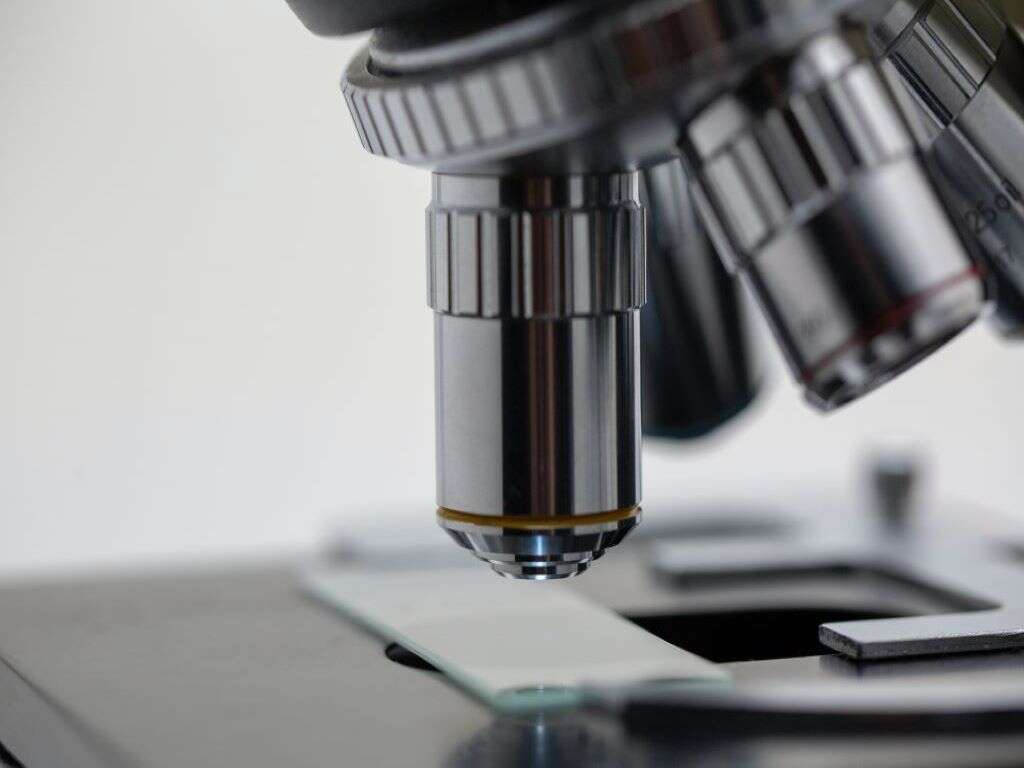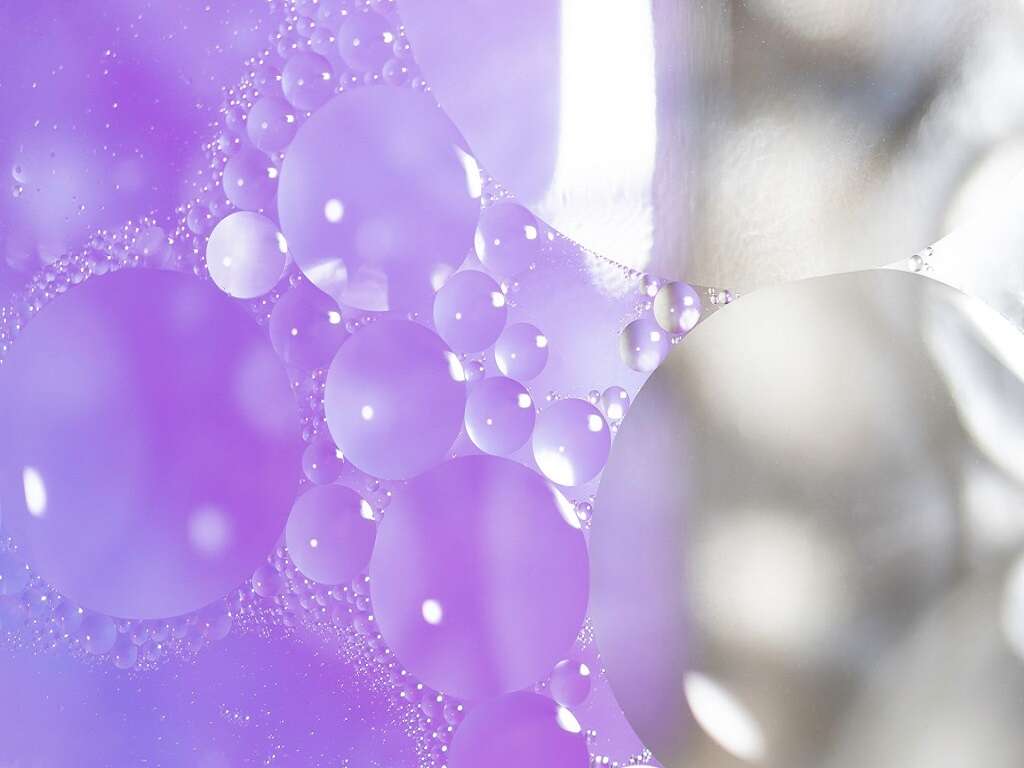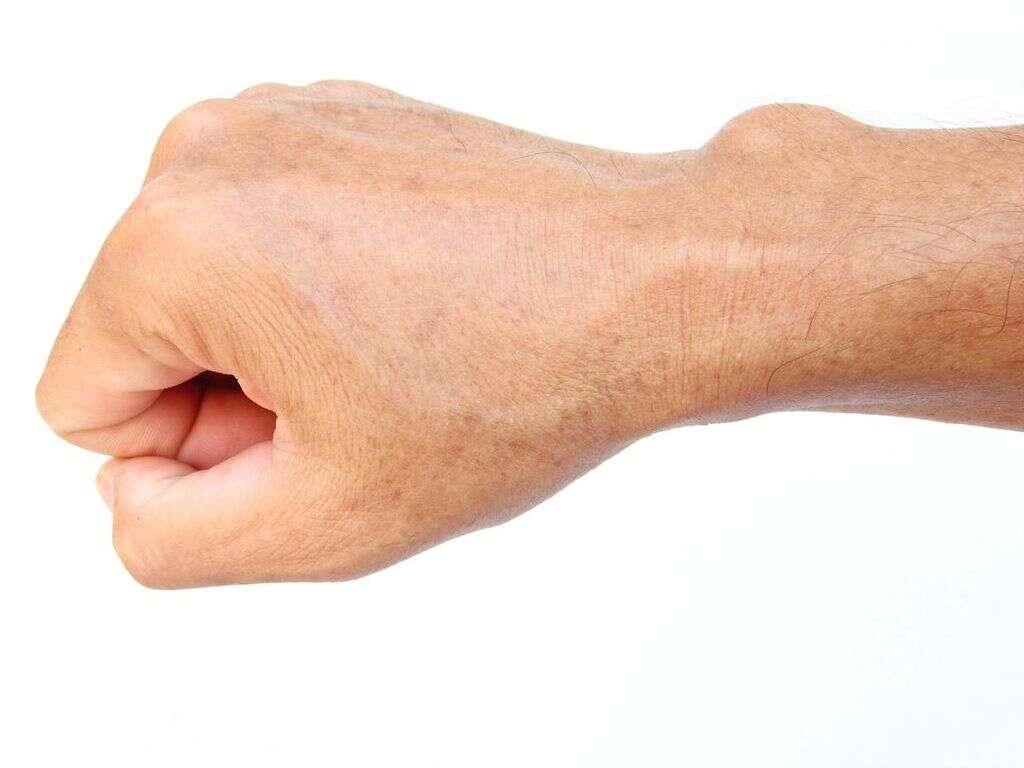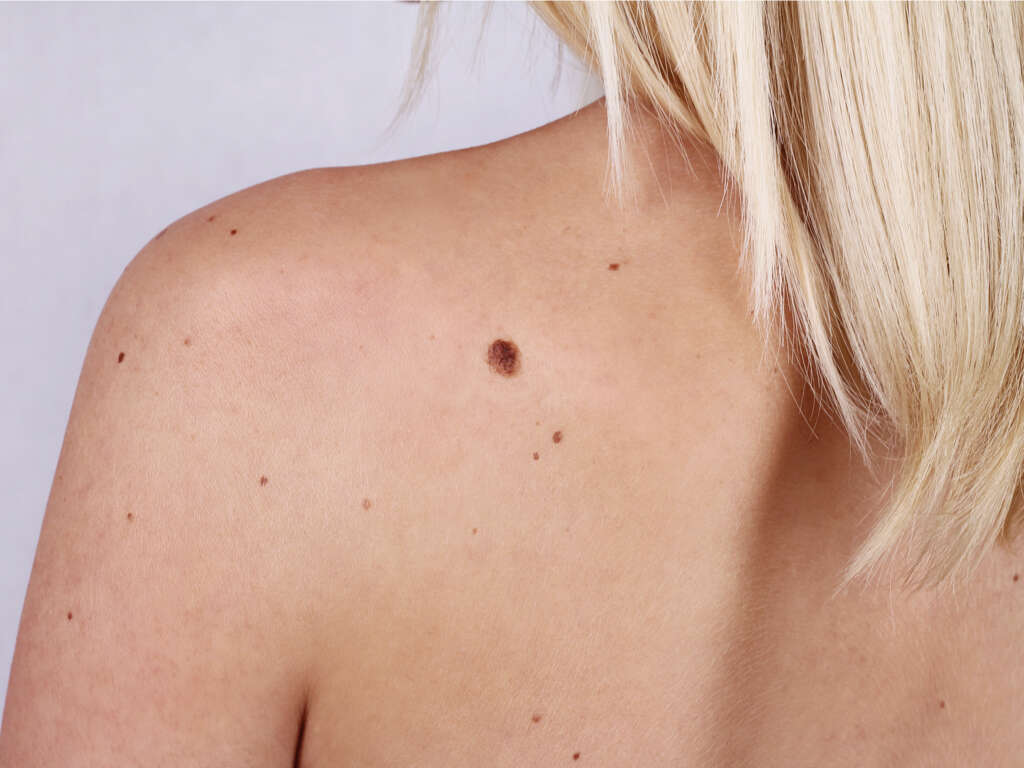What Are Freckles?
Freckles are small light brown or tan spots that appear on the skin. They generally appear on the face or any other part of the body that is exposed to the sun. This includes the arms, neck, and shoulders. Freckles are not harmful, natural, and are generally not a sign of any health issues.
Freckles are caused by skin cells (known as melanocytes) that produce a pigment called melanin. In normal circumstances, melanin functions to protect the skin from ultraviolet rays from the sun. The exposure to ultraviolet rays triggers the production of melanin making freckles appear darker. Freckles can be divided into ephelides and solar lentigines. Ephelides are the commonest, often thought as freckles, while solar lentigines are dark skin patches that occur in adulthood. While similar, they differ in various ways.
1. Freckles and Sun
Since freckles are caused by melanocytes that produce melanin, being exposed to the sun can cause freckles to appear darker. This occurs as the melanocytes produce more melanin in response to the ultraviolet exposure. Freckles are more likely to occur in individuals with fair complexions as they have less melanin. The more melanin, the darker the skin color.
However, some melanocytes make more melanin compared to the others resulting in darker spots known as freckles. In some individuals, when there is less exposure to the sun such as during winter months, the freckles may fade away almost completely while returning during the summer months. Some freckles may persist all year.
2. Risk Factors
The development of freckles depends on both genetics and environmental factors. In one study involving 523 middle-aged French women, the presence of freckles were increased when they had frequent sunburns and the presence of the MC1R gene responsible for the production of melanin.
Melanin can be divided into eumelanin and pheomelanin. Individuals with eumelanin tend to have darker skin, brown to black hair, and skin that easily tans. It provides more protection from ultraviolet rays. In individuals with pheomelanin, there is less protection from ultraviolet radiation. They generally have light skin, red to blond hair, freckles, and skin that does not tan easily. Although freckles can appear in all skin tones, of all six Fitzpatrick skin types, it is most common on skin tones 1 and 2 that are usually seen in Northern Europeans.

3. Fitzpatrick Skin Types
The Fitzpatrick scale is a classification schema used for human skin color. It was first developed by Thomas B. Fitzpatrick in 1975 to estimate the response to ultraviolet light in different skin types. It is still a recognized tool used in dermatological research. There are 6 types of skin tones based on the Fitzpatrick scale.
In type 1, the skin is palest and often freckles. It always burns and does not tan. In type 2, the skin tans minimally and usually burns. In type 3, the skin tans uniformly and sometimes burn albeit mildly. In type 4, the skin always tans well to moderate brown and burns minimally. Type 5 tans easily to a dark brown and rarely burns. Lastly, type 6 never burns and tans to a deeply pigmented brown to dark brown.
4. Genetics
Freckles have been associated with the presence of the MC1R gene. Individuals with a high number of freckles often have one or more variants of the MC1R gene such as the Arg160Trp gene, Arg151Cys gene, and Asp294His gene. Individuals with the MC1R gene also have a higher likelihood of having red hair as the variants causing the red hair also cause freckles.
Freckles can also be found in those without red hair. These can be seen in certain areas such as Japan where these individuals have the Val92Met variant. The genetic distribution can be traced back to the time when humans started to leave Africa, resulting in variants of the MC1R gene. The Val92Met gene can be found in central Asia as it started between 250,000 to 100,000 years ago.
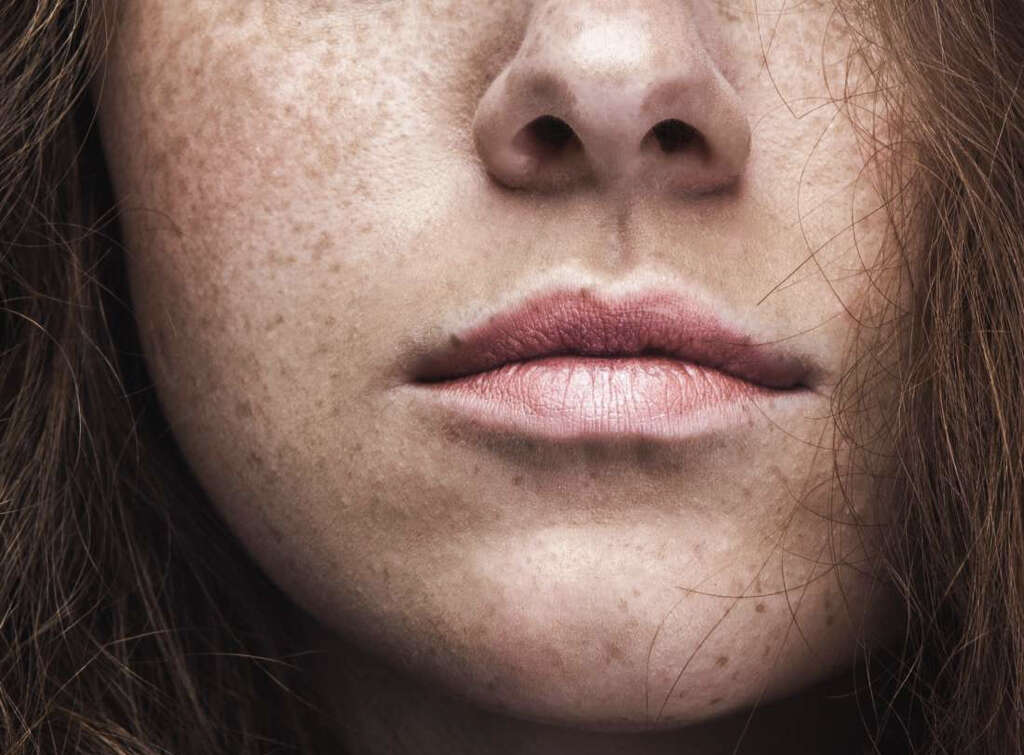
5. Ephelides
Ephelides occur due to a combination of genetics and exposure to sun. They may be visible at a young age (2 to 3 years old) after there is exposure to the sun. Ephelides usually appear on skin that is exposed to the sun such as the face, neck, shoulders, chest, and arms.
In some, these spots may fade during the winter months and reappear in the summer months. Ranging from 1 to 2 millimeters, they may be larger if the spots merge. Ephelides are often light to dark brown flat macules. The border of the lesion is often poorly defined and may be irregular, merging into larger patches. It can be any shape and is most commonly round.
6. Solar Lentigines
Solar lentigo (singular) or lentigines (plural) are also known as liver spots, age spots, or senile freckles. These freckles are associated with aging and exposure to ultraviolet rays from the sun. Ranging from light brown to red or black, they are usually seen in areas exposed to the sun (face, arms, neck, chest, forehead, and scalp).
They are usually seen in individuals above the age of 40 and are unlikely to fade or change with the seasons. It occurs as the skin is less capable of regenerating from sun exposure. Although common, these freckles are harmless and require no treatment. However, there are some who consider these spots to be unsightly and opt for them to be removed.
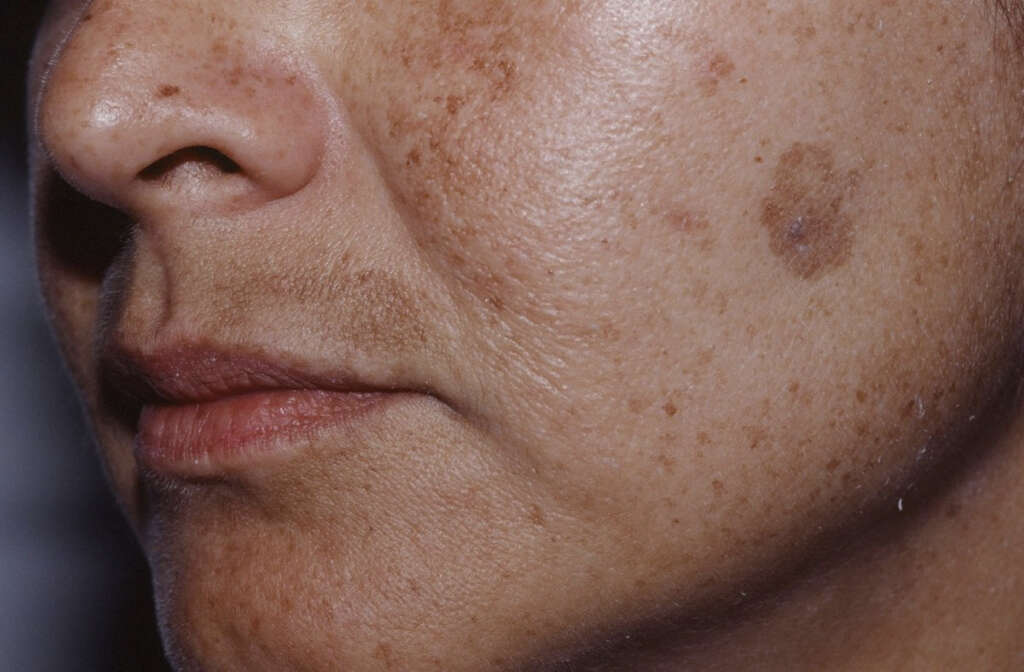
7. Diagnosis
The diagnosis of both ephelides and solar lentigines can be made by a dermatologist based on the patient’s history and examination of the freckles. Freckles are often seen in individuals who have a positive family history. Ephelides should be distinguished from solar lentigines, moles, and melanoma. Ephelides are often less than 3 millimeters while solar lentigines are usually 3 millimeters or more.
While ephelides are light brown, fade during winter, darken during summer, and are usually seen in those with Fitzpatrick type 1 and 2 skin, lentigines are generally darker, persistent (without fading), and can occur in all skin types. The presence of these lesions in the axillary (armpit) and inguinal (groin) region should prompt a more through examination to rule out other conditions.
8. Treatment
Although no treatment is generally necessary for ephelides or solar lentigines, there are some patients who opt for removal of these freckles due to various reasons. Cosmetic camouflage such as the applications of creams, liquids, or powder can be used to conceal ephelides.
Although costly, pigment laser treatment (Q-switched NdYag and Q-switched Alexandrite lasers) can be used to lighten the freckles as well, as it has been shown to be very efficacious. Intense pulsed light is another option and has minimal postinflammatory darkening of the skin (but has been found to be less efficient than the lasers). Other treatments include cryotherapy (with a risk of scarring) and superficial chemical peels to help even out the discoloration.
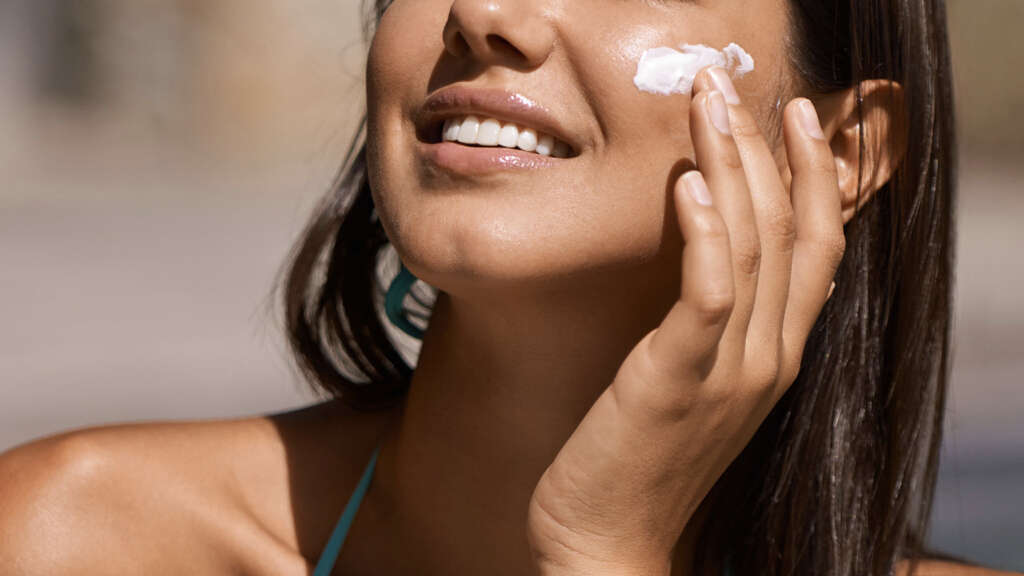
9. Remedies and Prevention
Sunscreen is the cornerstone of having healthy skin. It also helps prevent the development of new freckles. It should be applied generously all year round even when it is cloudy. Sunscreen should be applied 15 minutes before going outdoors and reapplied every 2 hours and immediately after excessive sweating or activities such as swimming.
Topical fading creams are also available over the counter. However, some potential side effects include blistering, skin discoloration, dryness, burning, and inflammation. Topical retinoid cream and chemical peels are also options to lighten freckles. They also may cause skin irritation, redness, peeling, and sensitivity. Some natural remedies that may help (although not scientifically proven) are lemon juice, honey, yogurt, buttermilk, onion, and sour cream. These items can be applied over the skin, left on for several minutes, and washed off to help lighten the freckles.
10. Patient Education
Although freckles are generally harmless, patients should know what is normal for their skin and keep an eye on any changes that may occur. Since skin cancer is one of the commonest types of cancer, they should be aware of the signs and symptoms of the disorder.
Patients should seek professional medical attention if they notice any changes to their skin such as the appearance of new dark patches, discoloration, raised edges, increase in size, uneven or scalloped edges, itching, and bleeding. Health professionals should stress the importance of prevention through the use of broad spectrum sunscreen that has a sun protection factor (SPF) of 30 or higher even when the sun is not shining, as ultraviolet rays can still penetrate through clouds and reflect off surfaces. Other protective gear such as sunglasses and a broad brimmed hat are also important.



